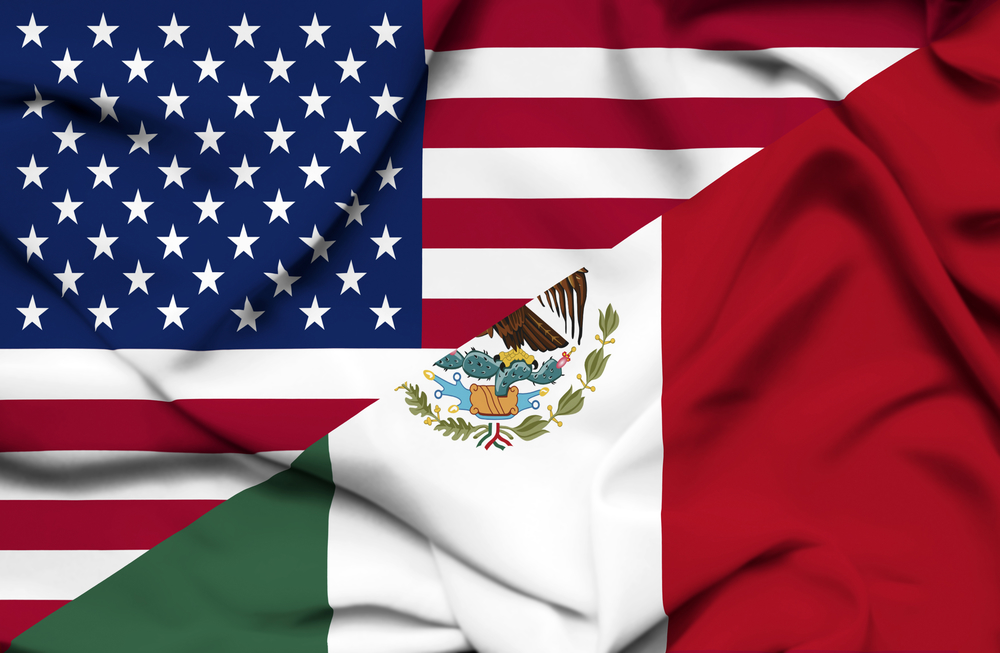By Clint Thompson
Communication remains the key tool in the toolbox that growers and specialty crop industry leaders need to utilize in convincing consumers to support locally grown produce. It is a strategic tactic that is being under-utilized according to Chuck Obern with C&B Farms, located south of Clewiston, Florida.

“The real issue all of us have and I don’t care which dimension you’re talking about, we need to somehow engage with the American consumer and somehow pass the word on about what is happening and share some statistics,” Obern noted. “Americans now buy over 60% of their fresh produce from other countries. That’s a huge number.”
The lack of support for domestic producers has forced many growers out of business. There is no way to remain sustainable amid an era of rising input expenses coupled with an ever-growing reliance on food from other countries.
As one Georgia industry leader told AgNet Media, “just because it’s cheaper, doesn’t make it better.”
Obern added, “During the pandemic, I was utterly flabbergasted that 90% of our pharmaceuticals came from China. To me that’s ridiculous. Medicine is super important, but there’s nothing more important than food. When we’re importing 60%, more than half of all of the produce that we consume, that’s scary. What’s going to happen if those countries decide, nope, we’re not going to export to the United States? What the United States is going to come back to is the American farmers, but they won’t exist, because they’ve been pushed out.”
Imports from Mexico have intensified in recent years, according to University of Florida (UF) associate professor Zhengfei Guan. The top fruiting imports from Mexico in 2022 included avocado, raspberry, strawberry, citrus, blueberry and watermelon. The top vegetable imports were led by tomato at $2.5 billion or 4 billion pounds, followed by pepper and cucumber.









